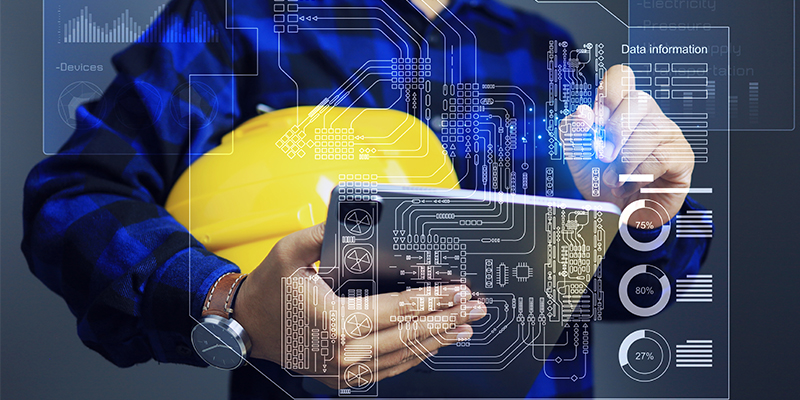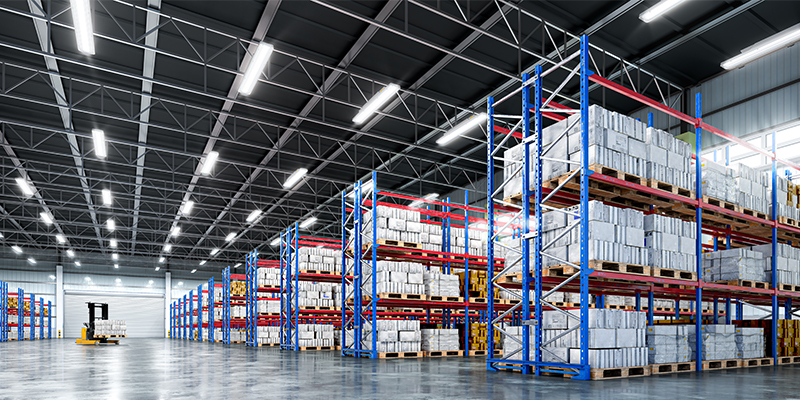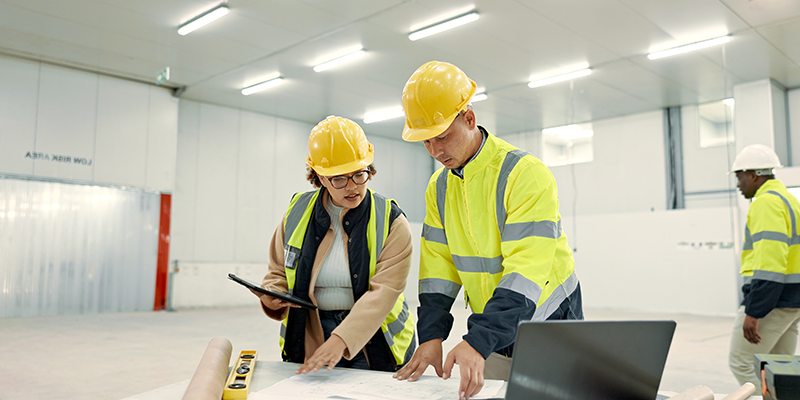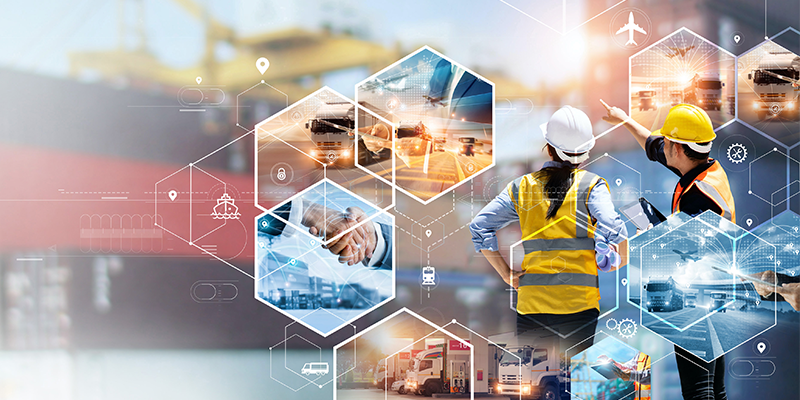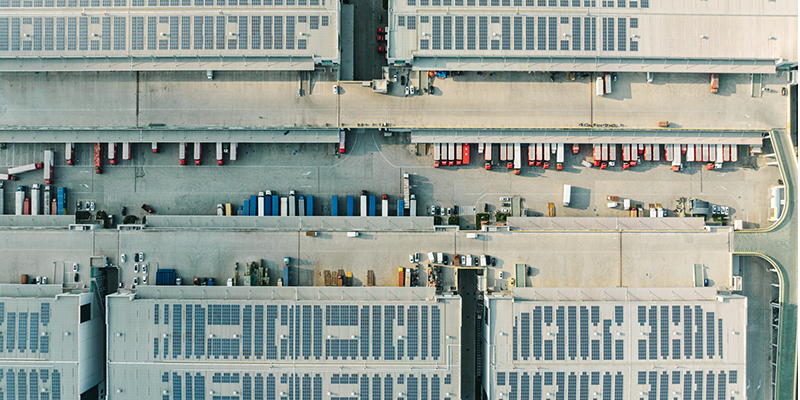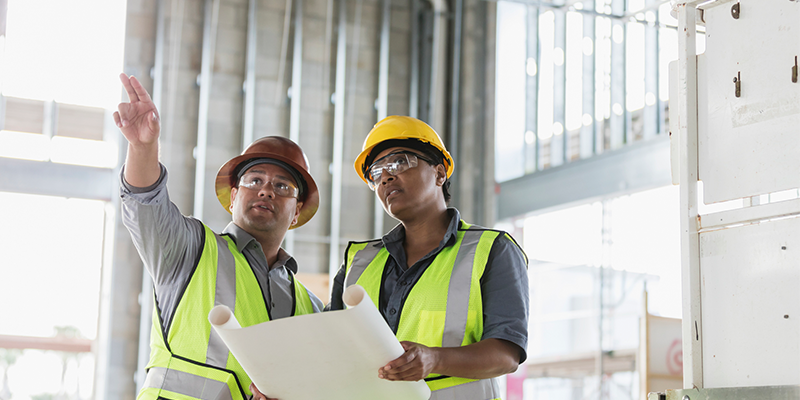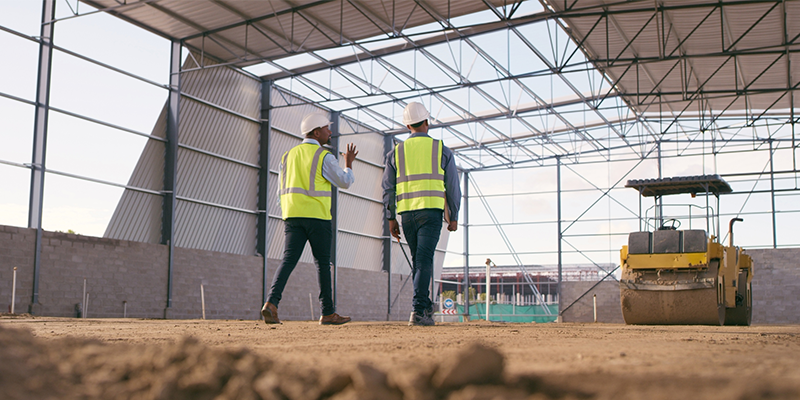By Brian Gallagher
Artificial intelligence (AI) is evolving from an emerging technology to a fundamental driver of efficiency, much like search engines and cloud computing before it. While AI adoption is accelerating across many industries, the engineering and construction sectors have lagged. A recent study by McKinsey & Company, Artificial Intelligence: Construction Technology’s Next Frontier, highlights this disparity, noting that AI’s impact on real estate development and capital construction is still in its early stages.
However, commercial real estate professionals – developers, investors, contractors, site selectors and service providers – are beginning to harness AI’s potential to enhance decision-making, improve project outcomes and mitigate risk. Those that strategically integrate AI into capital project planning and execution will gain a significant competitive advantage.
AI in Commercial Real Estate and Construction: A Timely Investment
AI’s introduction into capital projects coincides with a period of relative stability in U.S. commercial real estate and construction despite recent concern over the political and economic climate. According to Reuters, U.S. manufacturing growth remains steady, and the Associated Builders and Contractors’ Confidence Index indicates a stable outlook for nonresidential construction. That said, persistent challenges – including rising material costs, supply chain volatility and labor shortages – underscore the necessity of tools that enhance efficiency, collaboration and risk management.
Historically, technology adoption in commercial real estate and construction has been slow but ultimately transformative. AI follows a similar trajectory, building on prior advancements that improved project efficiency, safety and cost predictability. Organizations such as BuiltWorlds are actively convening industry leaders to explore AI-driven improvements in project planning, design, execution and facility operations.
AI’s Impact on Capital Projects: A Phase-by-Phase Analysis
Planning and Site Selection
AI-driven analytics are redefining site selection by processing vast datasets to assess land suitability, regulatory constraints, labor availability, infrastructure access and market conditions. AI models can analyze historical trends to predict energy costs, workforce availability and long-term asset performance, enabling developers and investors to make informed decisions that align with financial and operational goals. By incorporating geospatial data, zoning regulations and construction cost models, AI enhances risk assessment and due diligence, reducing uncertainty in site selection and acquisition.
Design and Preconstruction
AI is transforming the design phase through enhanced Building Information Modeling (BIM), improving clash detection and optimizing structural layouts. By analyzing both physical and operational characteristics, AI identifies conflicts across mechanical, electrical, plumbing and structural systems early in the design process, reducing costly revisions. In preconstruction, AI-driven cost estimation and scheduling tools leverage historical data to refine budgeting and timeline projections. AI also facilitates materials sourcing, carbon footprint tracking and supply chain management, contributing to both financial and sustainability objectives.
Construction Execution
The construction phase is experiencing one of AI’s most significant impacts. AI-powered project management platforms improve scheduling, workflow coordination and risk mitigation. Predictive analytics optimize sequencing, while AI-enabled “co-pilot” tools provide real-time insights into progress tracking, supply chain disruptions, and cost controls. AI-driven robotics and drones are further enhancing jobsite efficiency. These technologies perform aerial surveys, monitor equipment performance and identify safety hazards in real time. AI-assisted automation is also addressing workforce shortages by streamlining complex construction processes, improving both productivity and project timelines.
Sustainability and Carbon Reduction
Sustainability is a growing priority in commercial real estate, and AI is playing a pivotal role in reducing carbon footprints throughout the development lifecycle. AI optimizes material selection, reduces waste and enhances logistics efficiency to minimize emissions during construction. In building operations, AI-driven systems continuously monitor and adjust energy consumption, optimizing heating, cooling and lighting based on occupancy patterns. AI-powered predictive maintenance extends equipment lifespan, reducing resource consumption and improving operational efficiency.
Facility Management and Long-term Operations
Post-construction, AI is redefining how commercial facilities are managed. Smart buildings increasingly leverage AI to enhance tenant experiences, automate maintenance and reduce operational costs. Predictive maintenance algorithms detect potential equipment failures before they occur, minimizing downtime and improving asset reliability.
AI-powered systems also support dynamic space utilization, optimizing layouts and resource allocation to maximize efficiency. These advancements enable owners and operators to enhance building performance, improve tenant satisfaction and increase asset value.
Bridging the Human-technology Gap
The integration of AI into commercial real estate is transforming how professionals engage with projects. Advanced simulations and virtual reality (VR) environments enable stakeholders to visualize complex designs, explore solutions and refine strategies before construction begins. AI also enhances human-building interaction through smart interfaces that personalize occupant experiences. From adjusting climate controls based on individual preferences to streamlining maintenance reporting, AI is making environments more intuitive and responsive to user needs.
A Framework for AI Adoption in Capital Projects
PwC’s global AI in manufacturing series outlines six key building blocks for AI implementation, which are equally applicable to commercial real estate and capital project development:
- Strategic Business Applications – Identify AI-driven initiatives that align with business objectives and pilot high-impact use cases.
- Data Management – Establish data governance frameworks, integrating inputs from sensors, equipment and historical project data.
- Technology Integration – Develop AI-driven technology stacks that align with existing real estate development and construction platforms.
- Talent and Organizational Readiness – Build multidisciplinary teams that include data scientists, engineers, project managers and AI specialists.
- Process Standardization – Implement AI adoption with clear guidelines for data security, compliance and performance measurement.
- Cultural and Organizational Alignment – Educate stakeholders on AI’s capabilities and limitations, fostering industry-wide trust and adoption.
Increasingly, certainty in cost, schedule and project outcomes is a top priority for investors and developers. AI’s ability to enhance decision-making, streamline workflows, and mitigate risks makes it an invaluable asset in capital project development.
The Competitive Edge of AI in Commercial Real Estate
As with past technological revolutions, AI is currently perceived as a disruptor – one that some organizations are hesitant to embrace. However, those that strategically integrate AI into their operations are already experiencing measurable benefits, including improved productivity, cost efficiency and risk mitigation. In commercial real estate and capital construction, the adoption of AI is no longer a question of if but when. Those who act now to develop AI strategies, leverage data-driven insights, and enhance project execution will secure a long-term competitive advantage in an increasingly complex and fast-moving industry.

